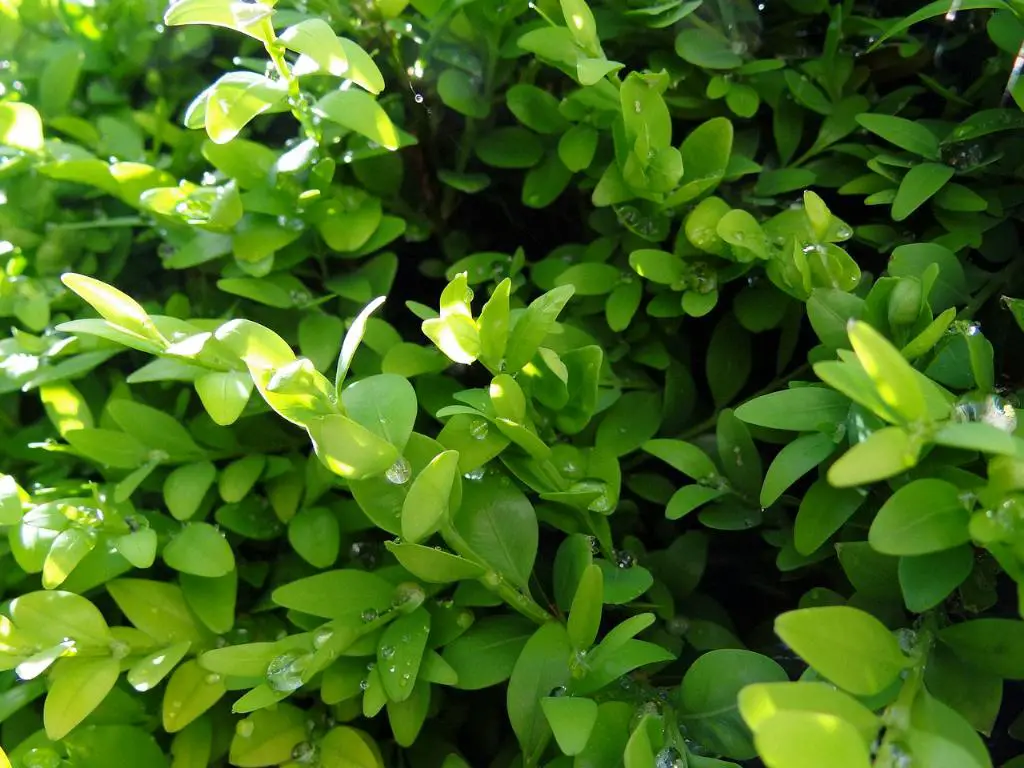When it comes to planting boxwoods, spacing is a crucial factor that can impact the overall look and health of your landscaping. The general rule of thumb for planting boxwoods is to space them about 2 to 3 feet apart for dwarf or small varieties. For larger boxwoods, you may want to increase the spacing to about 3 to 4 feet.
Proper spacing is essential for the healthy growth of boxwoods. If planted too closely together, boxwoods can become overcrowded, leading to competition for sunlight, water, and nutrients. This can result in stunted growth, poor air circulation, and increased susceptibility to diseases and pests.
On the other hand, planting boxwoods too far apart can leave gaps in your hedges or landscaping design, detracting from the overall visual appeal. It’s important to strike the right balance between spacing to achieve a harmonious and cohesive look while allowing each plant enough room to thrive.
Consider the ultimate size of the boxwood variety you are planting. While dwarf varieties may only reach a few feet in height and width, larger boxwoods can grow up to 20 feet wide over many years. Be sure to factor in the mature size of the plants when determining the spacing between them.
Spacing boxwoods correctly also plays a role in creating a well-defined hedge or border. By spacing them at the appropriate distance, you can encourage the plants to grow together and form a dense, uniform hedge. This not only enhances the visual appeal but also provides privacy and acts as a barrier against noise and wind.
When planting boxwoods, it’s important to consider the overall design and layout of your landscape. Think about the desired shape and structure of your hedges or plantings, as well as the amount of maintenance you are willing to undertake. Proper spacing can make maintenance tasks such as pruning and shaping easier and more effective.
Before planting boxwoods, take into account the soil conditions, sunlight exposure, and drainage in the planting area. Boxwoods thrive in well-draining soil with adequate moisture and prefer partial to full sun. By selecting the right location and providing optimal growing conditions, you can help your boxwoods establish healthy root systems and grow vigorously.
Spacing boxwoods appropriately also allows for good air circulation around the plants. Proper airflow is essential for reducing the risk of fungal diseases and promoting overall plant health. Avoid overcrowding boxwoods, especially in humid or damp conditions, to prevent the onset of problems such as leaf spot or blight.
While spacing recommendations provide a general guideline for planting boxwoods, it’s important to adjust based on your specific landscape needs and preferences. You may choose to space boxwoods slightly closer or farther apart to achieve a particular aesthetic or design goal. Experimenting with spacing can help you create unique and personalized landscaping arrangements.
Regular maintenance practices such as watering, fertilizing, and mulching can also influence the spacing requirements for boxwoods. Healthy, well-nourished plants are better equipped to fill in gaps and grow together, creating a lush and vibrant landscape. Monitor the growth of your boxwoods over time and adjust spacing as needed to maintain the desired look.
Overall, proper spacing of boxwoods is essential for creating a visually appealing and healthy landscape. By considering factors such as plant size, growth habits, design goals, and maintenance requirements, you can determine the ideal spacing for your boxwood plantings. With the right spacing and care, your boxwoods can thrive and enhance the beauty of your outdoor space for years to come.

